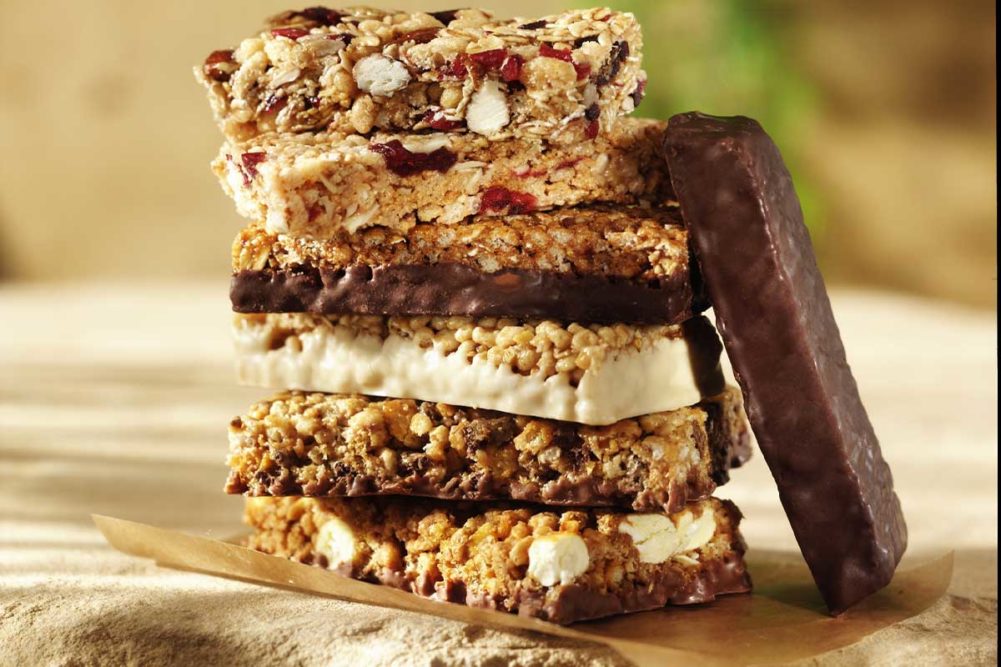High-protein extruded snacks present unique challenges for formulators, although their popularity is growing among consumers.
“When it comes to snacking, really where a lot of the traction is happening with protein fortification is around extruded snacks,” said Marilyn Stieve, senior product manager, bars and snacks, Glanbia. “There we have a line of milk proteins that we’ve developed specifically for extrusion that can allow up to 74% protein in an extruded snack. It’s a little bit more challenging getting into high protein levels when you start talking about extrusion.”
Texture is one challenge with high-protein extruded snacks. Ms. Stieve said it’s important to understand the protein matrix and find ways to functionalize it so snacks can go through the temperature and pressure of extrusion while keeping a pleasing, crunchy texture.
“When we set out to develop proteins that could work well in extruded snacks, it was really focusing on the protein molecules and how that would behave through extrusion in order to minimize that glassy-type challenge,” she said, referring to the brittle texture that can come with these products. “When you start talking about extruding plant-based protein, it can be even more challenging with the texture because it is very difficult to get good expansion when you’re working with plant-based protein. I’m speaking specifically about pea protein. And flavor can also be a significant challenge.”
Chad Rieschl, principal food scientist, North American applications team, Cargill, explained that there are a couple of ways that extruded snacks are made, which can influence the amount of protein that can be put in the product.
“Direct expand comes out, it puffs, and you can cut it, coat it and go,” he said. “And there’s a 3G pellet, which is where you can potentially increase the moisture and some of the protein. You dry this pellet, and then you can expand it later. Whether it’s microwaved, hot air popped or oil fried, you can potentially get a little more expansion.”
Consistency of the raw materials in a high-protein extruded snack is vital for ensuring a high-quality product.
“Extrusion has the general effect of increasing the digestibility of proteins and reducing the microbial load of the finished product,” said Tanya Jeradechachai, vice president of ingredient solutions, research and development, MGP Ingredients Inc. “Proteins normally undergo aggregation — such as cross-linking — due to the heat and shear effect of the extruder, which dictates the end-product quality.”
Erin Nese, senior technologist, commercial innovation acceleration, Ingredion, said she doesn’t see high-protein extruded snacks slowing down anytime soon.
“New high-protein snacks may take on different forms,” she said. “Instead of protein bars, for example, we may see more extruded snacks or sheeted snacks.”
Experts see the trend toward high-protein bars and snacks continuing into the foreseeable future. As consumers strive to guard their health in the face of a pandemic, they are seeking out these products.
“I see the trend continuing,” said Julie Phillips Waters, an Agropur food technologist. “Busy lifestyles lead to more snacking. And today, people are more mindful and conscious of what they’re eating.”
Jeff Casper, director of research and applications at Merit, agreed, adding that “consumers are going to continue to look for innovation in high protein snacks that can deliver on taste, texture, color and protein content while maintaining clean label and plant-based designations.”
This article is an excerpt from the February 2022 issue of Baking & Snack. To read the entire feature on Protein, click here.





